The siding you choose for your home’s exterior has a HUGE impact on the look of your home so it is important to choose one that complements your architectural design. Other considerations are cost, maintenance, and insulating value. In this section, we leave the design questions to your architect, and focus on the functional and financial aspects of siding.
Brick
In the last few years, the options in shape, color texture and mortar for brick have exploded. Now, more than ever before, its easier to make the stylistic statement that you want with brick. True, or full-face brick, comes in three basic options: extruded-face brick, machine-molded-face brick, and handmade-face brick.
Extruded-face brick is the cheapest option in brick. The clay is pushed through a dye into columns which are then machine cut into precise shapes. There are many options in both texture and color.
Machine-molded-face brick is made by pouring the clay into brick-shaped boxes which are then turned over. This brick is not as uniform as extruded-face brick. This choice also comes in many textures and colors.
Handmade-face brick is made the same as it was a century ago. The clay is thrown by hand into wooden brick molds one at a time. The firing process is also more advanced so the brick itself is stronger and more resistant to fading over time. It tends to be slightly larger than the other two options and of course, more expensive, but you use fewer bricks than the other options. It also comes in many colors and textures.
Brick sizes – There are three basic sizes of brick – standard, queen and king. Standard bricks require 7 bricks to cover a square foot while queen size require six bricks and king size require five bricks for the same area. Using a larger brick is more expensive in material cost per brick, but you use fewer bricks and your have slightly less labor with larger bricks. Your design may dictate one size over the others, but if it is flexible, have your builder price various sizes for you at the installed cost.


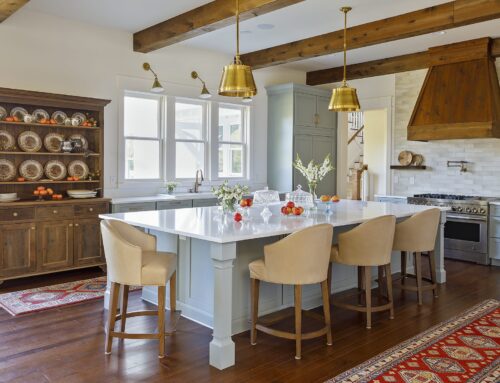
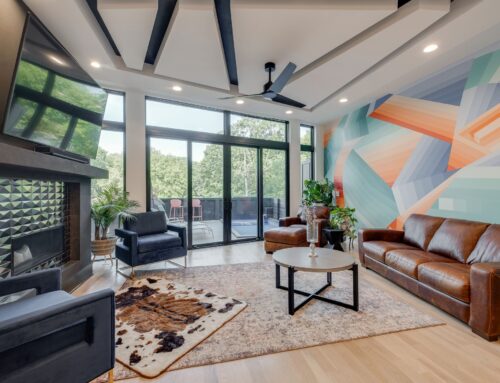
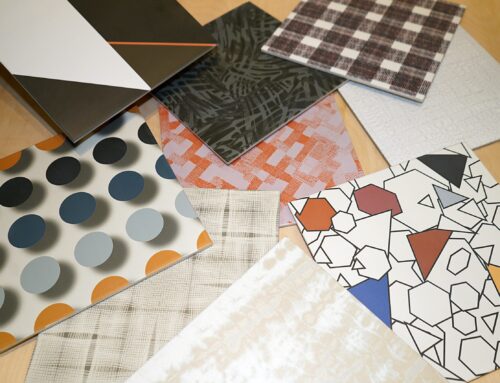
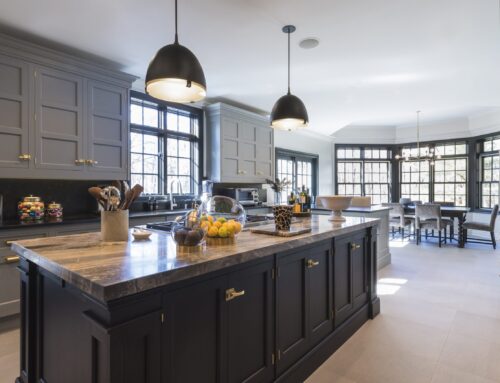
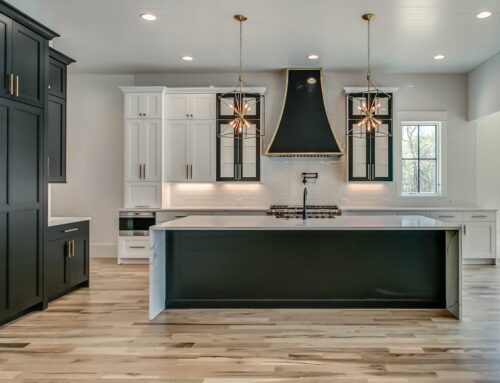
Leave A Comment
You must be logged in to post a comment.